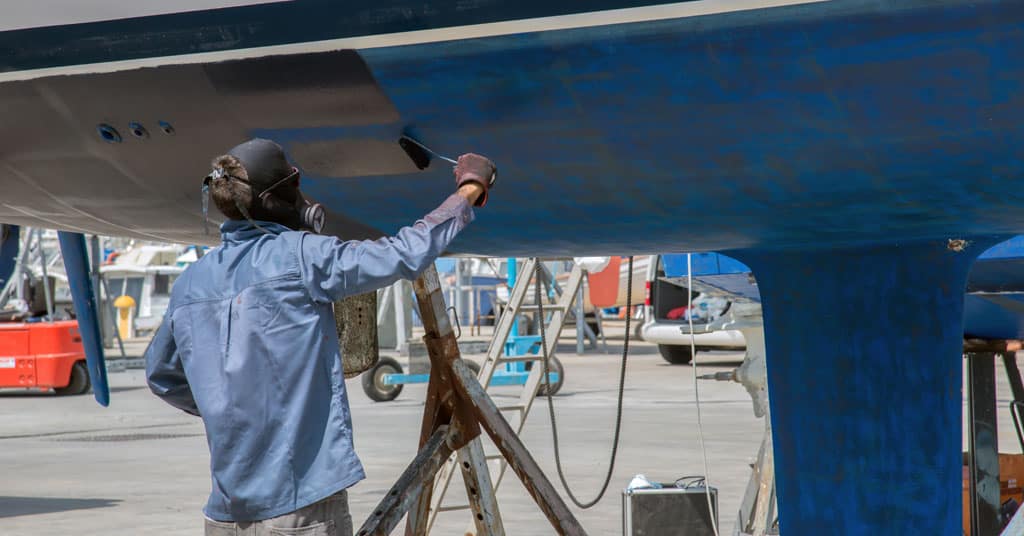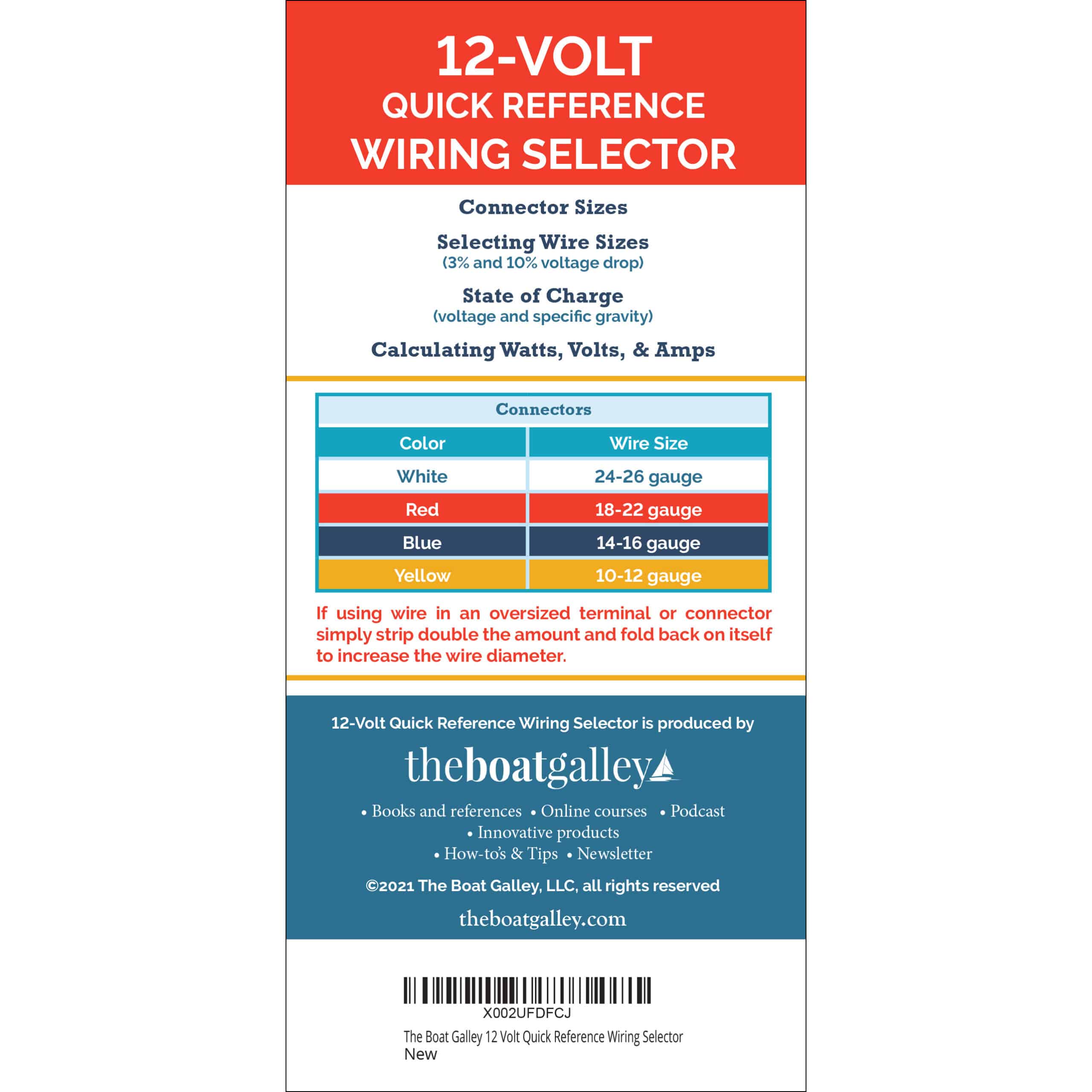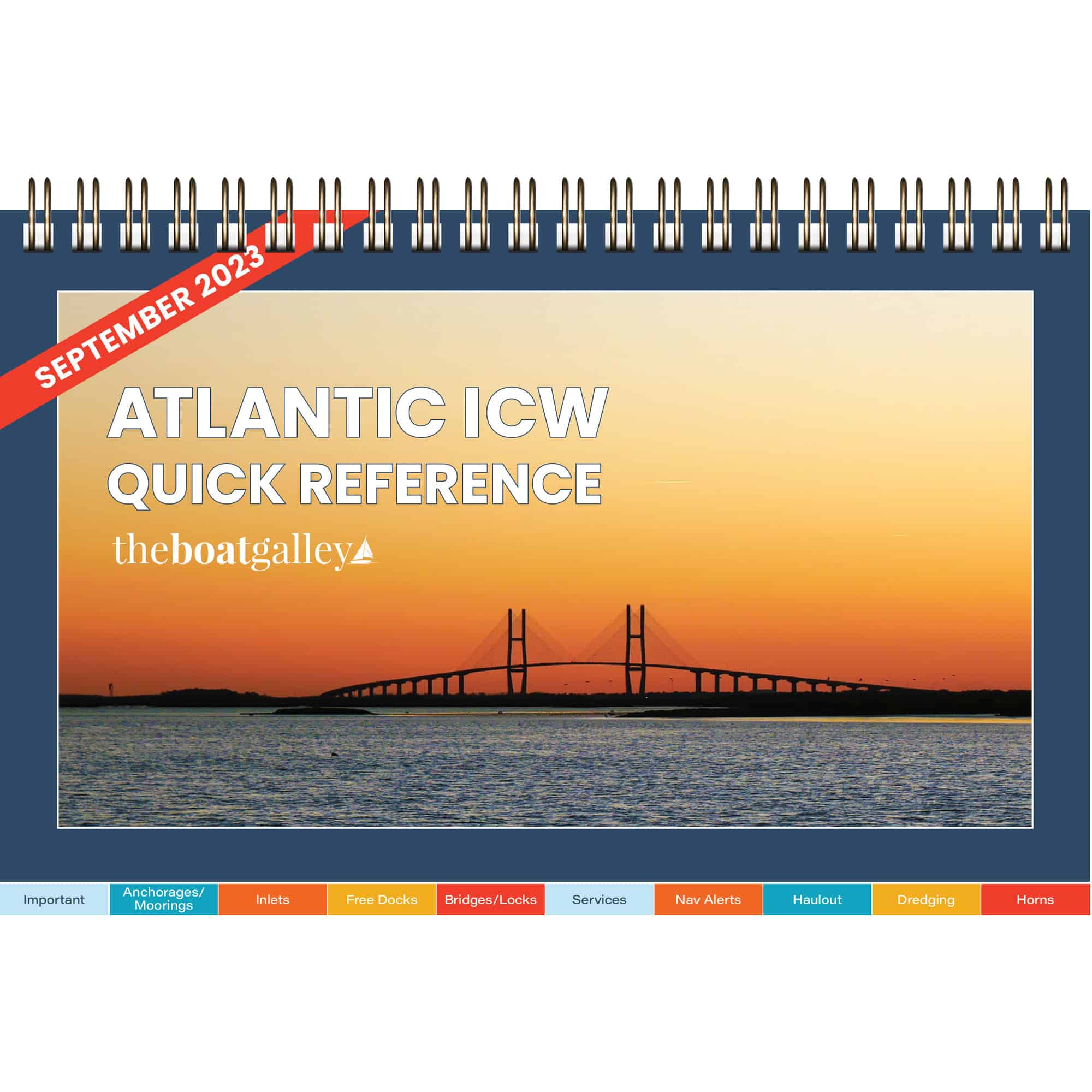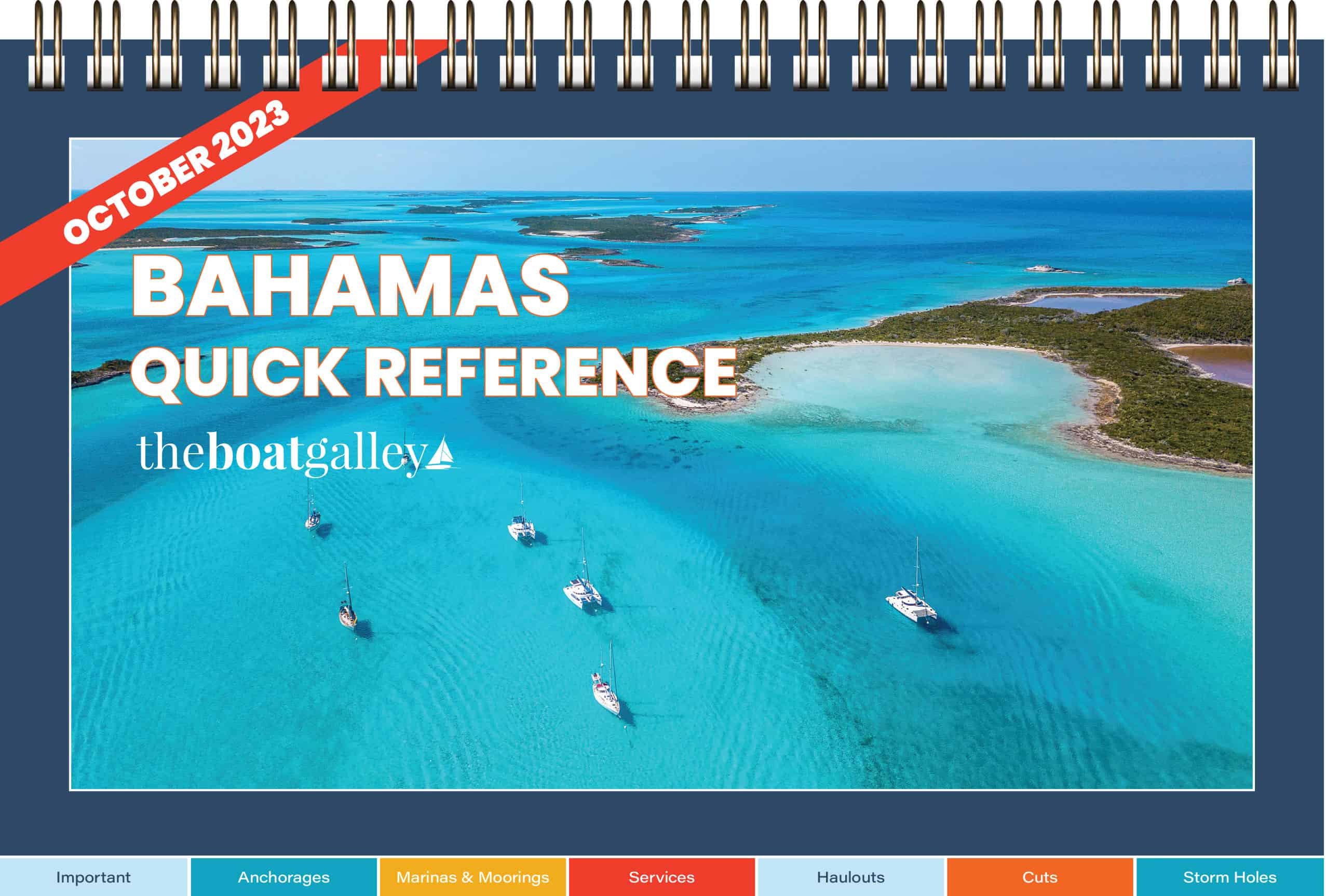Many resources for how to prep a boat bottom assume you’re using the same product again. But what if you want to make the switch from ablative to hard paint? Perhaps our experience will help you choose the best method for you.
Our Boat Bottom Prep Experience
We had always used hard paint on our first boat, Que Tal. But we decided to use ablative on our catamaran, Barefoot Gal, for a couple of reasons:
- When we first bought Barefoot Gal, we thought we were only going to cruise six months a year. Ablative paint is still good when a boat is re-launched after being stored for several months; hard paint isn’t.
- After scraping many years of hard paint from Barefoot Gal’s hull, we were determined not to do that again.
The Reasons for Changing
After four and a half years with ablative paint, it was clear that it didn’t keep the bottom free of growth in the Florida Keys. In the fall of 2014, we’d put on 3 coats of Hydrocoat SR. Fall of 2015, two more. Spring of 2017, one of Micron 66. Throughout that time, we’d had have the bottom cleaned every three to four weeks. And two weeks would have been better based on what we saw before repainting.
The idea behind ablative paint is that it wears off slightly as you travel through the water. So fresh paint is always being exposed and the barnacles and other growth never get a real start. While ablative paint is marketed for cruising boats, I’ve come to realize that it’s really better for commercial boats that run every day and at higher speeds.
We weren’t on the move every day. And our top speed on a really good day is maybe 7 knots through the water. Consequently, we were having to clean the bottom frequently. Ablative paint is soft and comes off just as easily (maybe more so!) when cleaning it as when moving. Every time we cleaned the bottom, we lost more bottom paint. It made the situation just that much worse in the long run. Basically, a downhill spiral.
We were pretty certain that we wanted to switch to hard paint. When we asked our bottom cleaners (Derek and Chris of Obsessive-Compulsive Divers in Boot Key Harbor) what they were seeing among the boats they clean. Derek was blunt: “Hard paint is definitely better; ablative just doesn’t hold up. By far the best we’re seeing is Trinidad.”
Changing wouldn’t be cheap, but we decided to do it. Sticking with ablative and paying $100 every few weeks for a bottom cleaning (or spending a day doing it ourselves) wasn’t cheap either. Based on Derek’s advice, and the experience of my podcast co-host Nica Waters and also Behan Gifford of Sailing Totem, we decided to go with Trinidad SR.
How to Change from Ablative to Hard Bottom Paint
The basic issue in switching from ablative to hard paint is that the ablative paint can still try to wear away under the hard paint and will take the hard layers with it. If there are years of ablative paint build up, the recommendation is to soda blast the hull back to gelcoat. But soda blasting is expensive. In Marathon it costs over $3000 for a boat the size of Barefoot Gal. And that’s in addition to the cost of the haul out, the paint and the labor. Another option would be to sand back to gelcoat, but around here that’s more expensive than soda blasting.
We had only had six coats of ablative paint on the boat since we had taken it to bare gelcoat. And to be honest, much of that was gone. A good pressure washing at the haul out would take off even more. We were hopeful that we could get by with a less expensive prep.
We opted to have the bottom aggressively pressure washed, and then heavily sanded to remove as much of the old paint as was reasonable — but that did not take it all the way back to gelcoat except in high-wear areas. Then we applied Pettit Tie Coat to the whole bottom. The first coat of bottom paint — in our case, Trinidad SR — is applied while the Tie Coat is still tacky so that there is a chemical bonding between the two.
Tie Coat is used between two materials that otherwise wouldn’t bond well. It is extremely “sticky” paint that bonds to nearly anything. The extra sanding and Tie Coat application cost us about $1,000 (again, in addition to the regular haul, pressure wash, paint and labor charges).
Not cheap, but better than soda blasting. And if the bottom job lasts two years instead of one, and if we don’t have to have the bottom cleaned as often, we might just be money ahead. (We normally haul out and repaint every year but did not in 2018 due to Hurricane Irma — boatyards simply didn’t have space for us).
Important Info
I don’t want to give the impression that using Tie Coat instead of removing the old paint will work for everyone. In fact, Pettit’s technical support recommended that even with the little bit of ablative paint we had on the boat, we should have it soda blasted in order to get the best possible adhesion. They definitely said that if we had more than 8 coats of paint or if it was peeling or cracking off at all, it needed to be gotten rid of.
We took a risk with doing it the way we did. We might have made a mistake and “wasted” $1,000 instead of saving $2,000. But that’s how things work in the real world. We do the best we can with imperfect information. But after a few years, we found our choice paid off.
Related Posts

Carolyn Shearlock has lived aboard full-time for 17 years, splitting her time between a Tayana 37 monohull and a Gemini 105 catamaran. She’s cruised over 14,000 miles, from Pacific Mexico and Central America to Florida and the Bahamas, gaining firsthand experience with the joys and challenges of life on the water.
Through The Boat Galley, Carolyn has helped thousands of people explore, prepare for, and enjoy life afloat. She shares her expertise as an instructor at Cruisers University, in leading boating publications, and through her bestselling book, The Boat Galley Cookbook. She is passionate about helping others embark on their liveaboard journey—making life on the water simpler, safer, and more enjoyable.
Your VHF can do so much! Learn how to use ALL its features for just $39:












Carolyn Shearlock says
Glad to hear another vote for Trinidad!
Carolyn Shearlock says
The ablative seem to do better in cooler waters but I have no scientific proof — just anecdotal from a lot of cruisers.
Carolyn Shearlock says
I just checked out the website — it’s a silicone anti-fouling that sounds really interesting both for its longevity (even with scrubbing) and the fact that it’s not releasing toxic copper into the water. The fact that no prices are listed on their website makes me wonder if it’s even in the realm of being affordable.
Doug Heap says
Check out Sailing Delos on you tube, I think they applied a similar product, interesting to see how it works.
Cheers from
New Zealand
Carolyn Shearlock says
It’s been not quite a year and a half and is doing well == in fact, we just had the bottom cleaned and I asked our diver that exact question. We’re in a very high growth harbor, and having to clean it once a month, but the paint is totally intact. Further, we’re not having as much growth as we did with the ablative paint.
Carolyn Shearlock says
We’re in an area that is notorious for heavy fouling.
Carolyn Shearlock says
I don’t know why you couldn’t use hard paint.
Carolyn Shearlock says
We’re happy with the Trinidad SR — it’s a hard paint.